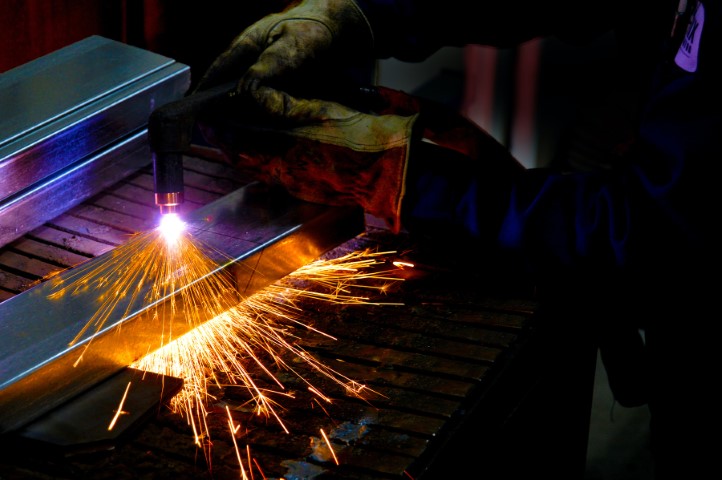Plasma Etching
Since 1985, plasma etching has been widely employed for structural etching.
Plasma etching was unheard of outside of the microelectronic community before 1980, as compared to other etching techniques used in chip manufacture.
During this time, new etching methods were being investigated and developed. Plasma etching has become the primary method of etching for a wide range of manufacturers due to its comparatively high success rate.
What is the process of Plasma Etching?
Simply described, plasma or dry etching is the etching method that uses plasma rather than a liquid etchant. The setup is similar to that of sputtering. It is not necessary to deposit a layer throughout the procedure but rather to etch the material’s surface at the same time.
The fundamental challenge with plasma etching – or dry etching – is creating the correct type of plasma between the electrode and the wafer to be etched. When done correctly, the wafer will be etched correctly. The pressure chamber must be at a pressure less than 100 pa for plasma etching to occur.
Benefits of Plasma Etching
Plasma etching is used to prepare semiconducting materials for use in electronics manufacturing. Small features are frequently etched into the surface of semiconducting materials to improve efficiency or specific properties when used in electrical devices. For MEMS (microelectromechanical system) applications, plasma etching, for example, is frequently employed to create deep pits on the surface of silicon.
